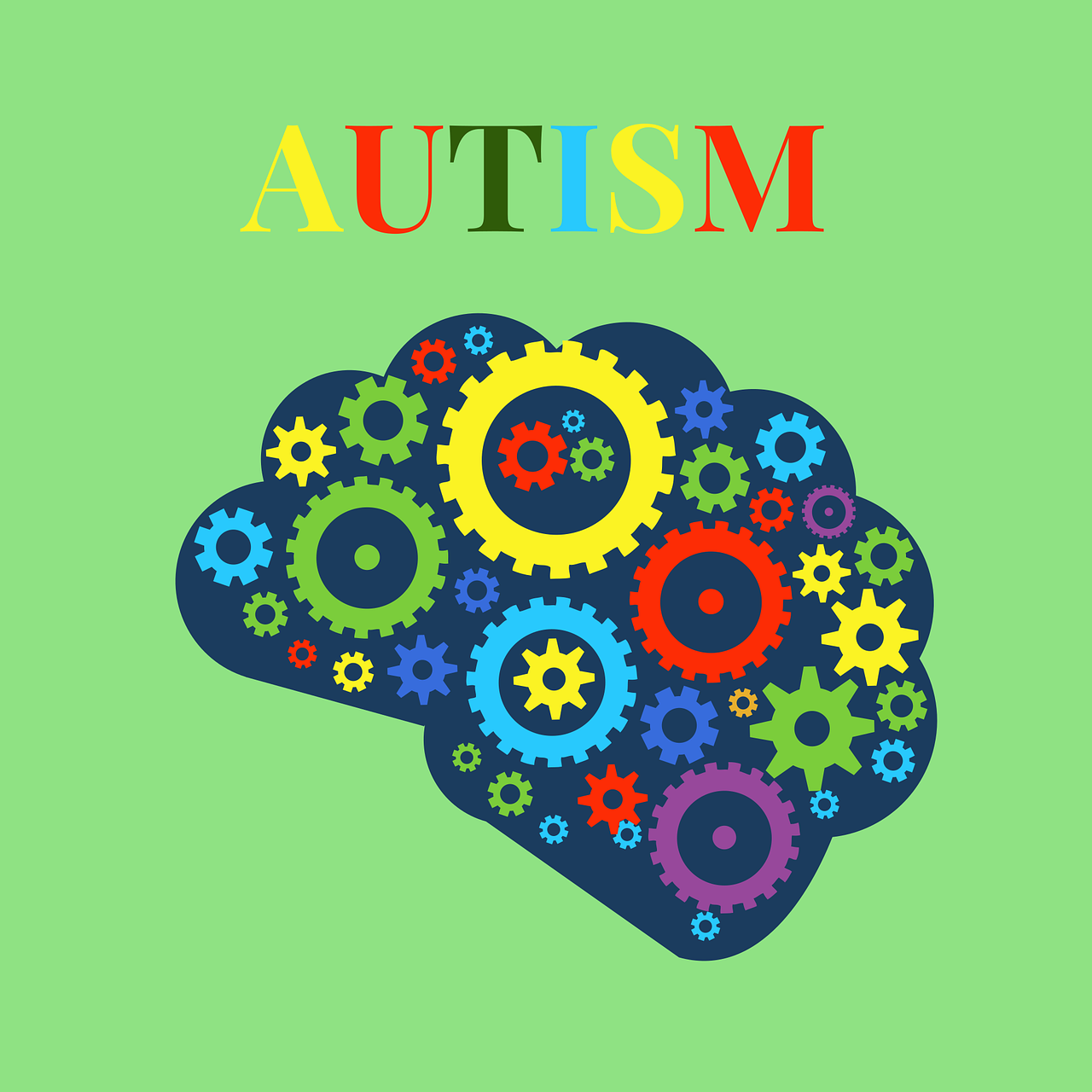What is Autism Spectrum Disorder?
Autism spectrum disorder is a disorder which starts to develop at developmental stage of life. The symptoms of Autism spectrum disorder are persistent impairment in social interactions and social communications. These children show repeated and restricted behavioral patterns, activities and interests. These symptoms start to appear at early childhood and start impairing everyday functioning. Intellectual
developmental disorder and autism spectrum disorder often co-occur; to make comorbid make a diagnosis of autism spectrum disorder and intellectual developmental disorder, social communication skills should be below that expected for general developmental level. Autism spectrum disorder includes disorders which previously mentioned as early infantile autism, childhood autism, Kanner’s autism, high-functioning autism, atypical autism, pervasive developmental disorder not otherwise specified, childhood disintegrative disorder, and Asperger’s disorder.
What are symptoms of Autism Spectrum Disorder?
The diagnostic criteria of Autism Spectrum Disorder according to DSM V TR are as mrntioned below
Criteria A:
Lack of social communication skills persistently and social contact across multiple settings, as showed by all of the following,
- Lack of social-emotional reciprocity, for example, failure in normal one on one conversations from abnormal social approach. They have low sharing of interests, affect or emotions. They lack to respond or to initiate social interactions.
- Lack of understanding nonverbal communicative behaviors which are normally used for social interaction. For example, from poor verbal and nonverbal communication; to defects in maintaining proper eye contact and body gestures or minimal or no use of gestures; to a total blank face having no facial expressions and no nonverbal communication.
- Lack of developing relationship, understanding & maintaining them. For example, difficulties in adjusting behavior according to various social contexts. Difficulties in making friends and sharing imaginative play and have lack of interest in peers.
Criteria B:
Restricted pattern of behaviors repeated again and again, at least two of the following interests and activties,
- Repetitive stereotypic motor movements, speech or use of objects for example simple motor stereotypies like flipping hands, flipping objects and lining up toys or flipping objects.
- Inflexible in daily routines, or ritualized verbal and nonverbal behavioral patterns for example extreme distress on very small changes, having difficulties in transitions, inflexible thinking patterns, need to eat same food or to take same route every day.
- Highly inflexible and fixated interests that are usually abnormal in intensity or focus. For example they are having strong attachment with objects, excessively restricted interests.
- Hyper- or hypo reactivity to sensual input or unusual interest in sensory traits. For example adverse response to some sounds and textures, seeming irrelevance to pain/temperature, smelling and touching of objects excessively, visual attraction with lights or sometime movement.
Criteria C:
These above mentioned symptoms must be present during the early developmental stage of life. These symptoms may not be fully visible until social demands surpass limited capacities.
Criteria D:
Above mentioned symptoms cause clinically noteworthy impairment in important areas of life like social and occupational.
Criteria E:
These instabilities are not better explained by
intellectual developmental disorder (intellectual disability) or global developmental delay.
Many individuals have lack of language or communication skills these deficits are ranging from language delay to complete lack of speech. Deficits in ability to share emotions and thoughts with others is also shown in the developing age with no or reduced imitations of other’s behavior. No or atypical eye contact, impaired attention, and lack of pointing and failure to follow some one other is also shown.
These individuals lack nonverbal communication which is mostly used in social interactions and having no or atypical use of eye contact during communication with lack of facial expressions and body orientation. Individuals may pick up a few functional gestures, but they fail to express gestures during communication.

Children with Autism Spectrum disorder have highly restricted interests which are abnormal in intensity, for example a toddler was found who have strong attachment to a pan or piece of string; a child anxious with vacuum 62 cleaners.
What is prevalence for Autism Spectrum Disorder?
Occurrences for autism spectrum disorder have been stated in between 1% and 2% of the population across United States. The occurrence of Autism spectrum disorder is reported to 1 % in Asian countries as well. Globally the female:male ratio is 3:1 for autism in the world.
Development and Course for Autism Spectrum Disorder
Typically the symptoms are recognized in age 12-24 months during the 2
nd year of life if development delays, social and language skills are severs. There are some cases when caregivers or parents give the history of rapid or gradual deterioration or loss in the skills. This would occur in 2
nd year of age between ages 12 and 24 months. Studies have shown that most cases the beginning of autism spectrum disorder is related with declines in critical social and communication in between 12 to 24 months of life.

 Children with Autism Spectrum disorder have highly restricted interests which are abnormal in intensity, for example a toddler was found who have strong attachment to a pan or piece of string; a child anxious with vacuum 62 cleaners.
Children with Autism Spectrum disorder have highly restricted interests which are abnormal in intensity, for example a toddler was found who have strong attachment to a pan or piece of string; a child anxious with vacuum 62 cleaners.